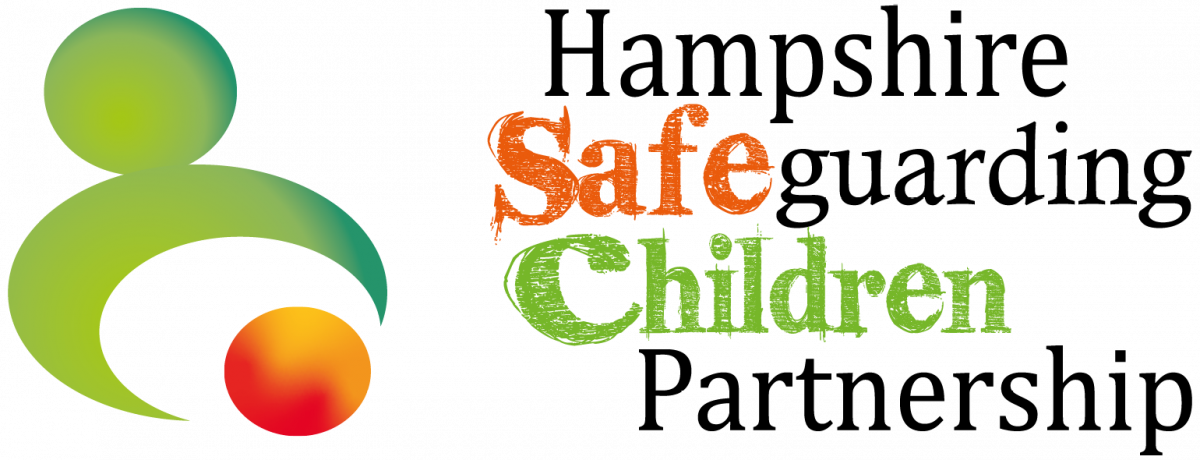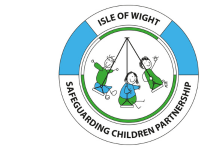Online bullying
What is bullying?
Bullying is behaviour by an individual or group, often repeated over time, that intentionally hurts another individual or group either physically or emotionally.
It is important for us to understand the different types of bullying, which can be put in to the following four sections:
1. Verbal:
- Name calling – not just calling them names but calling their loved one names.
- Threatening them – by saying they will hurt them or someone close to them.
2. Physical:
- Actions such as hitting, kicking, biting, scratching, and pushing.
- Anything that hurts someone by touching is physical bullying.
- This is also a criminal offence, and nobody can or should hit anyone else.
3. Indirect:
- Ignoring someone – leaving them out or not allowing them to join in a game.
- Spreading rumours – talking about them behind their back and saying things that are not true.
- Someone glaring or giving threatening looks.
4. Cyber/online:
- Internet abuse – using social networking sites to show pictures, embarrass others, set up groups and encourage others to take part in bullying online.
Offline Bullying is covered separately in more detail and can also be found on the toolkit.
The different types of online bullying:
There are many ways of bullying someone online and for some it can take shape in more ways than one. Some of the types can be:
Harassment – This is the act of sending offensive, rude, and insulting messages and being abusive. It also includes nasty or humiliating comments on posts, photos and videos on social media sites, chat rooms and gaming sites.
Denigration – This is when someone may send information about another person that is fake, damaging and untrue. It also includes sharing photos of someone for the purpose to ridicule, spreading fake rumours and gossip.
Flaming – This is when someone is purposely using extreme and offensive language and getting into online arguments and fights.
Impersonation – This is when someone will hack into someone’s email or social networking account and use the person’s online identity to send or post vicious or embarrassing material to/about others. They may also create fake accounts to cause hurt and humiliation.
Outing and Trickery – This is when someone may share personal information about another or trick someone into revealing secrets and forwarding it to others. They may also do this with private images and videos too.
Cyber Stalking – This is the act of repeatedly sending messages that include threats of harm, harassment, intimidating messages or engaging in other online activities that make a person afraid for his or her safety. The actions may be illegal too depending on what they are doing.
Exclusion – This is when others intentionally leave someone out of a group such as group messages, online apps, gaming sites and other online engagement.
What to do if your adolescent child is being bullied online
- Report it to the game or social media platform and block the perpetrator. Most games and social media platforms have an anti-bullying policy which can be found online.
- If you think your child is being bullied online by peers from their school, report it to the school as soon as you can.
- Keep reporting the bullying until it stops. It may not stop the first time you report it – so keep checking in with your child and report it each time it happens again.
- Teach your child how to use the internet safely, rather than confiscating their technology.
If the bullying is happening outside school
- Talk to your child about how to tackle it… which may mean changing social plans to keep them safe or making sure they always go out with a friend who treats them well.
- Make a plan… address how to manage it if your child encounters the bullies, such as calling the police, calling you or another trusted adult, or quickly getting to a safe space.
- If the bullying is happening at a club or organisation… discuss the problem with those in charge.
- Cyber-bullying… Greater access to technology has provided a medium for ‘virtual’ bullying, which can occur in or outside of school. Online bullying can happen at all times of the day, with a potentially bigger audience as people can forward on content.
Useful online resources and services
General online bullying
Childnet – has some resources for adolescent children, providing information on how they can protect themselves and how parents and carers can support them online. Click here
Internet Matters – have produced a range of resources to support you and your child to remain safe when accessing information online. Click here
LGBTQIA+ (Lesbian, gay, bisexual, transgender, queer, intersex and asexual) support
Barnardo’s young people support – Through its Hub, Barnardo’s offers guidance to young people, parents, and teachers on how to support LGBTQIA+ students and tackle prejudice-based bullying. Click here
Special Educational Needs and Disabilities (SEND) support
Anti-bullying Alliance – have produced SEND related bullying advice for school staff, parents, and carers. Click here
Race and religion support
Educate. Against. Hate – provides parents and carers practical advice and information on protecting children from extremism and radicalisation. Click here
Show Racism the Red Card – provides resources and workshops for schools to educate young people, often using the high profile of football, about racism. Click here
Where can I get local advice and support?
Hampshire:
What to do if you are being bullied or see someone being bullied – Hampshire County Council
Isle of Wight:
Bullying advice for Parents/Carers – Isle of Wight Safeguarding Children Partnership

